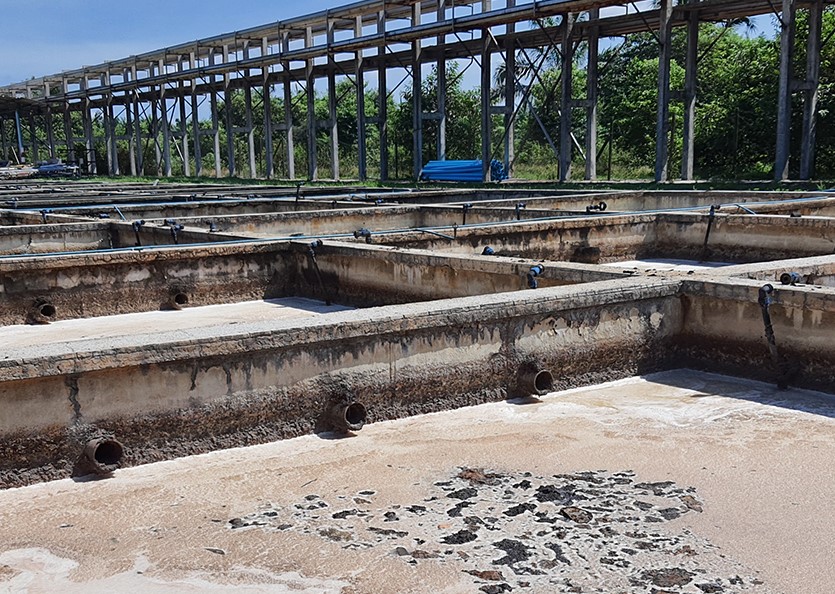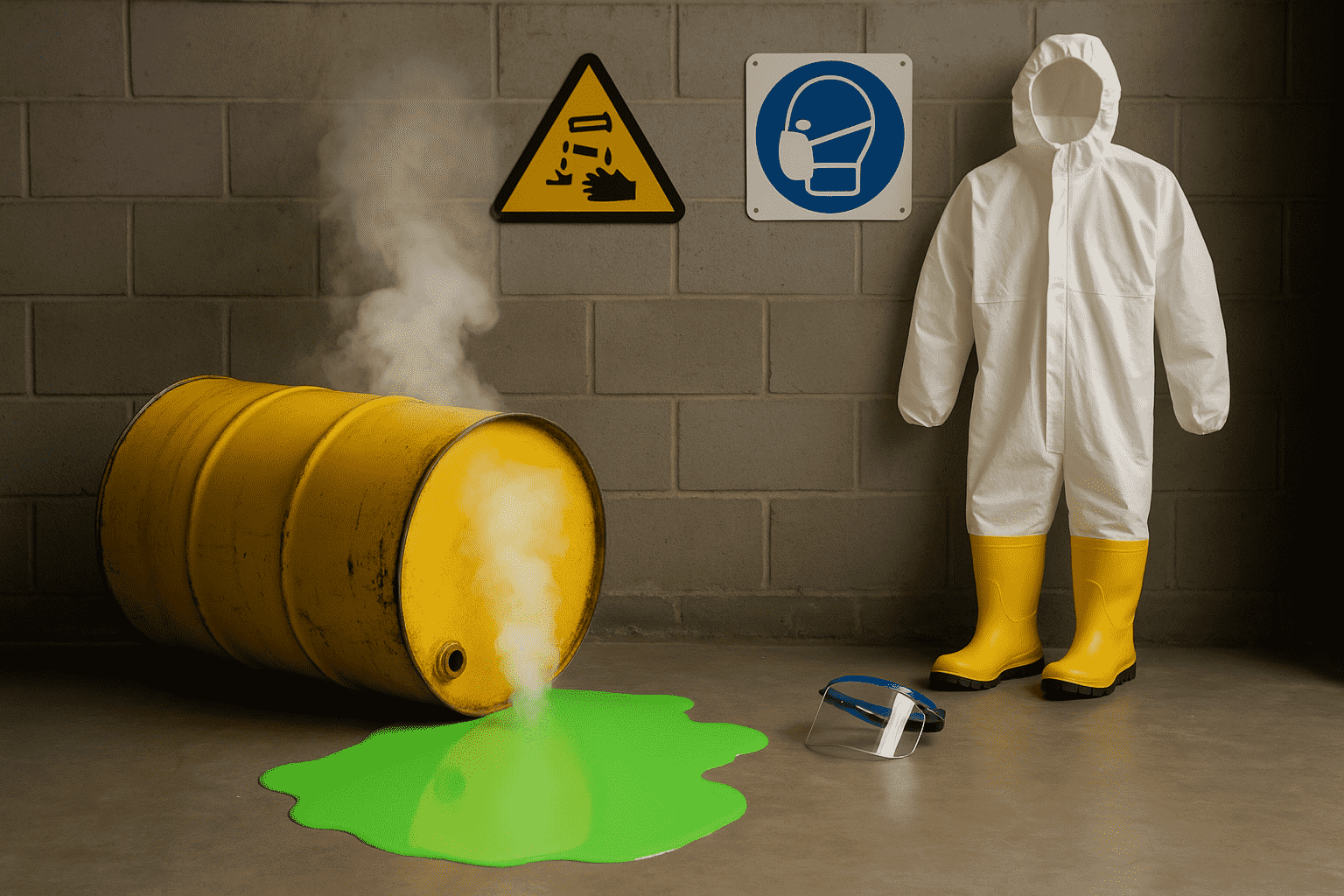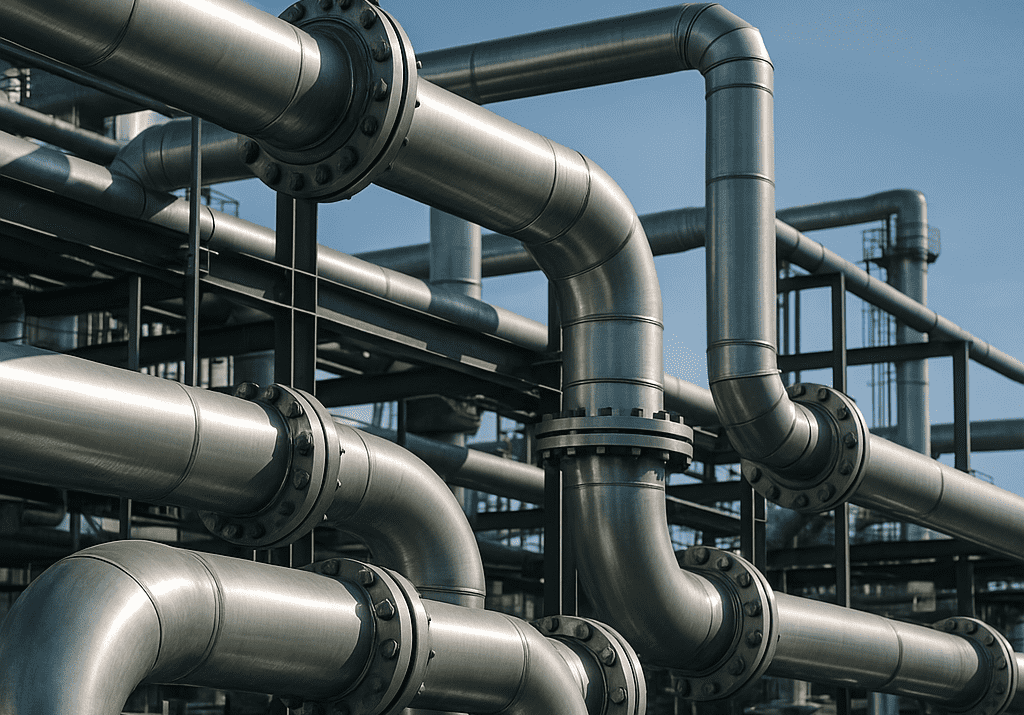Robotic Tank Cleaning: A Safer, Smarter Solution for Critical Industries

In industries such as oil and gas, chemicals, and pharmaceuticals, storage tanks are central to operations. Over time, these tanks accumulate sludge, residue, and contaminants that can impact product quality, safety, and equipment life. Cleaning them is not only essential but also complex—often involving confined spaces, hazardous materials, and extended downtime.
Today, robotic tank cleaning offers a revolutionary alternative. By automating one of the most dangerous industrial tasks, it enhances safety, boosts efficiency, and significantly reduces operational downtime.
Why Traditional Tank Cleaning Falls Short
Conventional tank cleaning typically involves workers entering confined, hazardous environments equipped with protective gear. These environments often contain toxic fumes, flammable gases, or low-oxygen levels, increasing the risk of injury or fatality. Apart from the human risks, manual cleaning is slow and labour-intensive, leading to long downtimes and high costs.
Enhancing Safety – Robotic Tank Cleaning
Robotic tank cleaning systems are designed to overcome the traditional tank cleaning challenges by eliminating or minimizing human involvement in high-risk zones. These compact, remotely controlled machines are equipped with high-pressure nozzles, suction units, sensors, and cameras to clean tanks thoroughly and efficiently.
- 1.No Human Entry into Confined Spaces: Manual cleaning requires personnel to enter confined, poorly ventilated tanks—often with toxic or explosive atmospheres. Robots eliminate the need for human entry, significantly lowering risks of asphyxiation, chemical exposure, and physical injury.
- 2.Compliance with ATEX Zone 0 Environments: Many storage tanks fall under ATEX Zone 0 classifications, where explosive atmospheres are continuously present. Robotic cleaners built to ATEX Zone 0 standards can safely operate in such environments—ensuring compliance and reducing explosion risks.
- 3.Protection from Hazardous Materials: Robots are equipped to handle flammable, corrosive, or toxic residues that pose serious threats to humans, reducing the need for protective gear and specialized handling procedures.
- 4.Elimination of Heat Stress and Fatigue Risks: Robotic systems can operate in high-temperature or low-visibility environments without the risk of fatigue, ensuring steady performance and reduced accidents due to human error.
- 5.Remote Monitoring and Control: Equipped with integrated cameras and sensors, robots can be operated and monitored from a safe distance, allowing real-time decision-making without exposing workers to danger.
Cost Savings and Operational Efficiency
Beyond the safety enhancements, robotic tank cleaning delivers measurable gains in efficiency and cost-effectiveness.
• Faster Turnaround: Robots clean faster than manual crews. They require minimal setup and can begin work almost immediately, shortening downtime and enabling quicker resumption of production.
• Lower Manpower and Safety Costs: Fewer workers are needed, and the need for safety supervisors, standby medical teams, and extensive training is greatly reduced. This translates to lower labour costs and insurance premiums.
• Optimized Resource Use: Robotic systems are engineered for precision. They use less water, fewer chemicals, and generate less waste, making them more environmentally and economically efficient.
As industries place greater emphasis on safety, efficiency, and cost control, robotic tank cleaning emerges as a valuable, forward-looking investment. By minimizing human exposure, reducing operational downtime, and ensuring compliance in hazardous environments like ATEX Zone 0, these systems offer a compelling alternative to traditional methods. For companies aiming to maintain high safety standards while improving bottom-line performance, robotic tank cleaning isn’t just an upgrade—it’s a strategic shift toward safer, smarter operations.
Frequently Asked Questions(FAQs)
Q.1 What role do technology and innovation play in mitigating chemical pollution?
A. Technology and innovation play a crucial role in mitigating chemical pollution by enabling advanced detection, cleaner production processes, and effective waste treatment solutions.
Q.2 What technologies are available for monitoring and managing hydrocarbon storage tanks?
A. Technologies for monitoring and managing hydrocarbon storage tanks include remote sensing, automated tank gauging systems, leak detection sensors, SCADA systems, and IoT-enabled real-time monitoring solutions.





